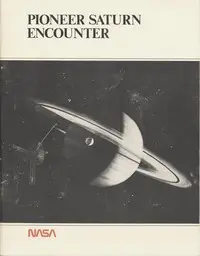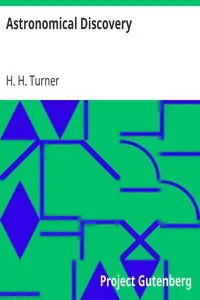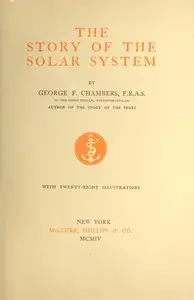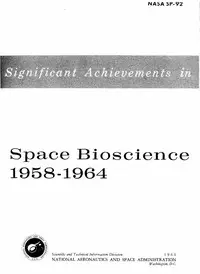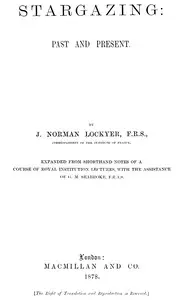"Voyager 1 Encounters Saturn" written by NASA tells the story of the Voyager 1 spacecraft's groundbreaking trip to Saturn and its moons, presenting amazing pictures and important scientific information. The book is all about Saturn, its famous rings, and the many moons that circle it, and it shows how the Voyager mission completely changed what we know about the outer parts of our solar system. It talks about all the things Voyager 1 found as it flew by, like what Saturn's atmosphere is like, the detailed structure of its rings, and what the moons are made of. Some of the biggest discoveries include finding new moons, learning a lot about the rings, like how big the particles are and how they're arranged, and understanding more about Titan, Saturn's biggest moon, including its thick atmosphere and what the surface might be like. The book also explains why these findings are important for understanding how our solar system was formed and how it works, making it a great read for anyone who loves astronomy and space exploration.
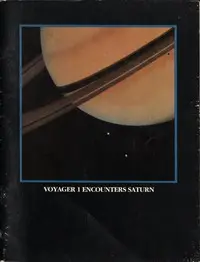
Voyager 1 Encounters Saturn
By United States. National Aeronautics and Space Administration
Embark on a cosmic journey alongside Voyager 1 as it unveils the mysteries of Saturn, its rings, and its moons, revolutionizing our comprehension of the solar system.
Summary
About the AuthorThe National Aeronautics and Space Administration is an independent agency of the U.S. federal government responsible for the civil space program, aeronautics research, and space research. Established in 1958, it succeeded the National Advisory Committee for Aeronautics (NACA) to give the U.S. space development effort a distinct civilian orientation, emphasizing peaceful applications in space science. It has since led most of America's space exploration programs, including Project Mercury, Project Gemini, the 1968–1972 Apollo Moon landing missions, the Skylab space station, and the Space Shuttle. Currently, NASA supports the International Space Station (ISS) along with the Commercial Crew Program, and oversees the development of the Orion spacecraft and the Space Launch System for the lunar Artemis program.
The National Aeronautics and Space Administration is an independent agency of the U.S. federal government responsible for the civil space program, aeronautics research, and space research. Established in 1958, it succeeded the National Advisory Committee for Aeronautics (NACA) to give the U.S. space development effort a distinct civilian orientation, emphasizing peaceful applications in space science. It has since led most of America's space exploration programs, including Project Mercury, Project Gemini, the 1968–1972 Apollo Moon landing missions, the Skylab space station, and the Space Shuttle. Currently, NASA supports the International Space Station (ISS) along with the Commercial Crew Program, and oversees the development of the Orion spacecraft and the Space Launch System for the lunar Artemis program.




